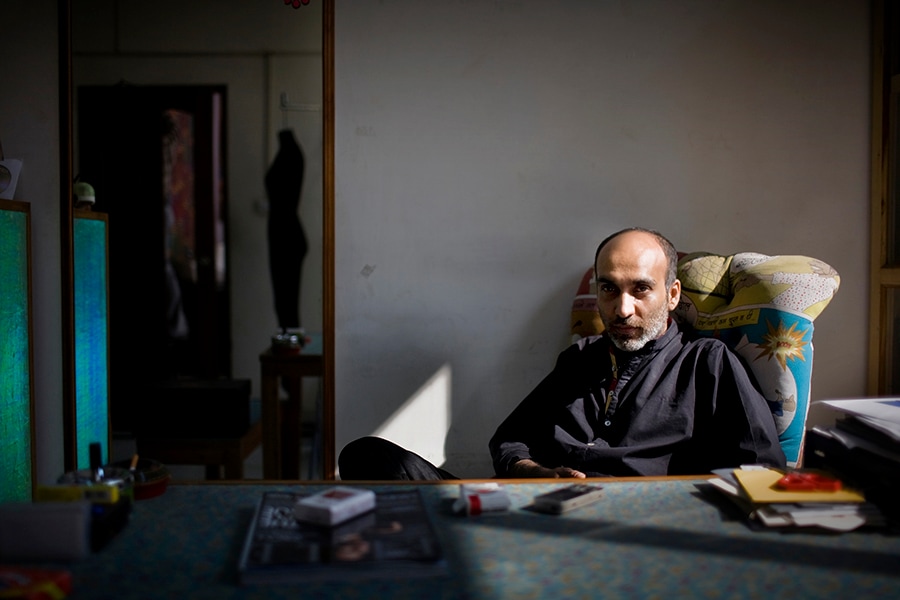
Inside the messy downfall of designer Manish Arora
Manish Arora was the breakout fashion star of India. Today, his business is in tatters, with a trail of debts. What happened?
 Fashion designer Manish Arora at his office in Noida, India, Nov. 22, 2008. The breakout fashion star of India’s brand has been felled by business deals gone bad, unpaid wages lawsuits and vendor disputes that started at least three years ago, long before the coronavirus dealt the final blow. (Adam Ferguson/The New York Times)
Fashion designer Manish Arora at his office in Noida, India, Nov. 22, 2008. The breakout fashion star of India’s brand has been felled by business deals gone bad, unpaid wages lawsuits and vendor disputes that started at least three years ago, long before the coronavirus dealt the final blow. (Adam Ferguson/The New York Times)
In September, Manish Arora, a fashion designer once described as the “John Galliano of India,” announced that he was creating a pop-up restaurant in Paris, his adopted hometown, for the Holi festival. An Instagram slideshow, featuring the brightly colored maximalism that is the Indian designer’s signature, depicted Arora with assorted friends sampling traditional Indian snacks.
Days later, he introduced a high-profile fashion collaboration with Amazon India, alongside three more of India’s most celebrated designers: JJ Valaya, Ashish Soni and Suneet Varma. Arora is also currently a member of the advisory council for the International Woolmark Prize, one of the most prestigious fashion awards in the world.
At first blush, such ventures would seem like savvy lifestyle brand extensions for Arora, a former creative director of French fashion house Paco Rabanne and the first Indian designer to make it big in Paris. His aesthetic defined Indian-fusion style for Westerners in the late aughts, with a riotous palette and Indian craft methods like embroidery and appliqué.
But Arora’s brand partnerships it turns out, seem to be more like belated attempts to save a business beset by years of chaos and financial troubles than an indication of success.
And his messy downfall has also been particularly disappointing for those who had hoped he would help bring international attention to the quieter but vital layers of the Indian fashion industry — like the anonymous artisans (called karigars) who are responsible for much of the meticulous and beautiful handwork that goes into the garments.
©2019 New York Times News Service




